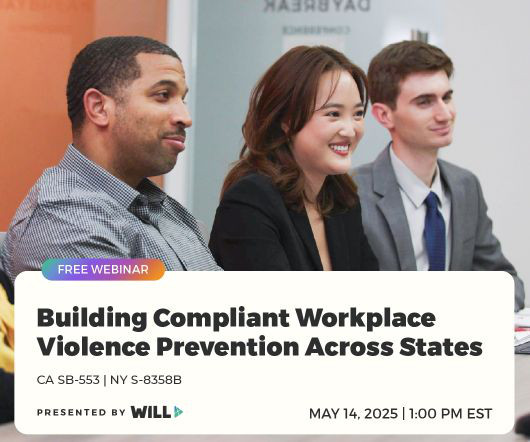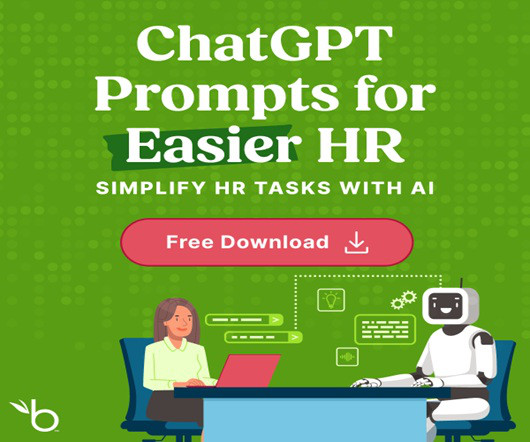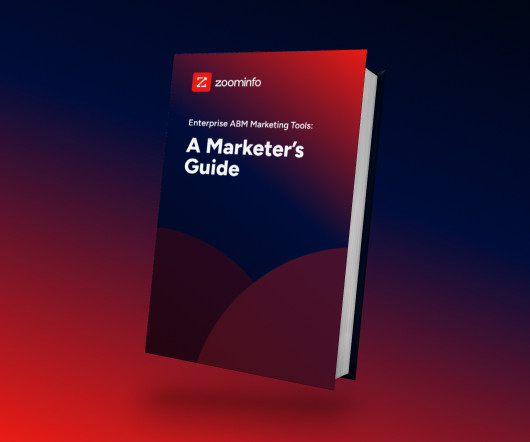Managing the Complexities of the Contingent Workforce
UpstartHR
APRIL 10, 2017
One of the conversations I’m having more often is around this concept of the contingent workforce, but in a recent presentation I realized some people weren’t aware of the issues surrounding this group. In essence,this segment of the workforce in the United States is made up of temp workers, contractors, freelancers, part timers, and other non-full time labor.





.jpg)


































Let's personalize your content